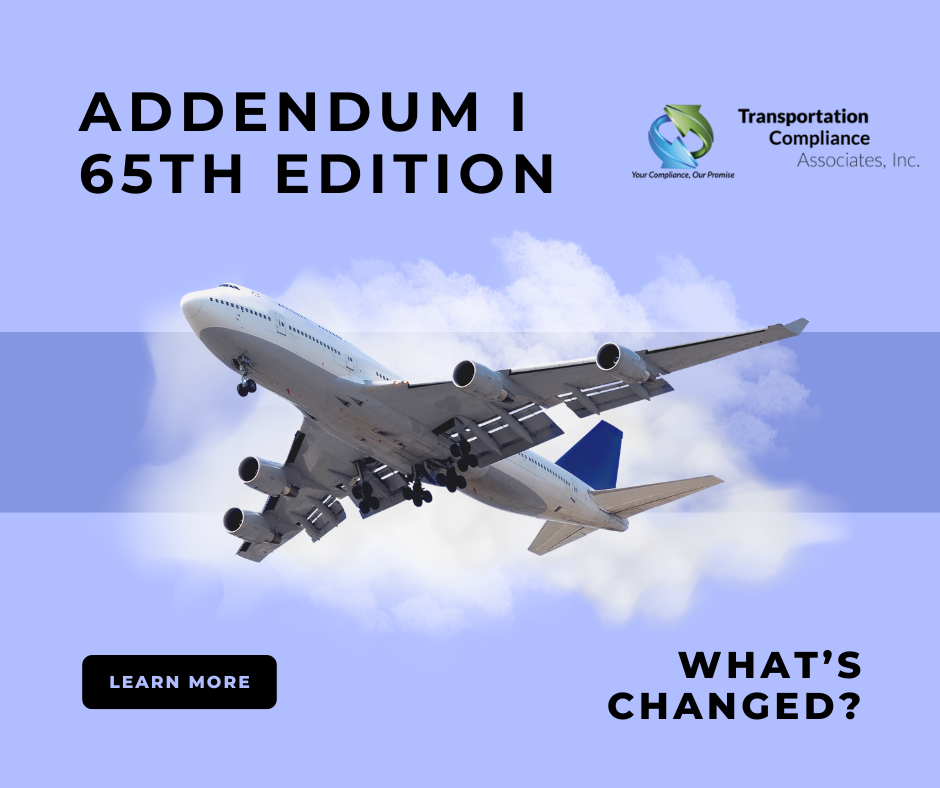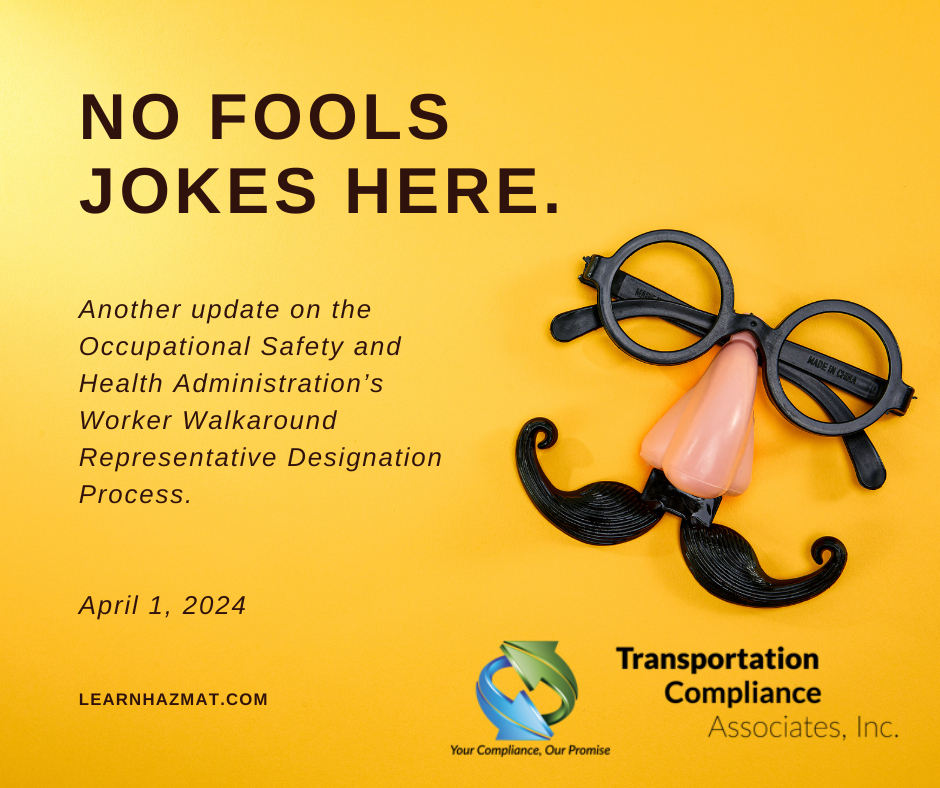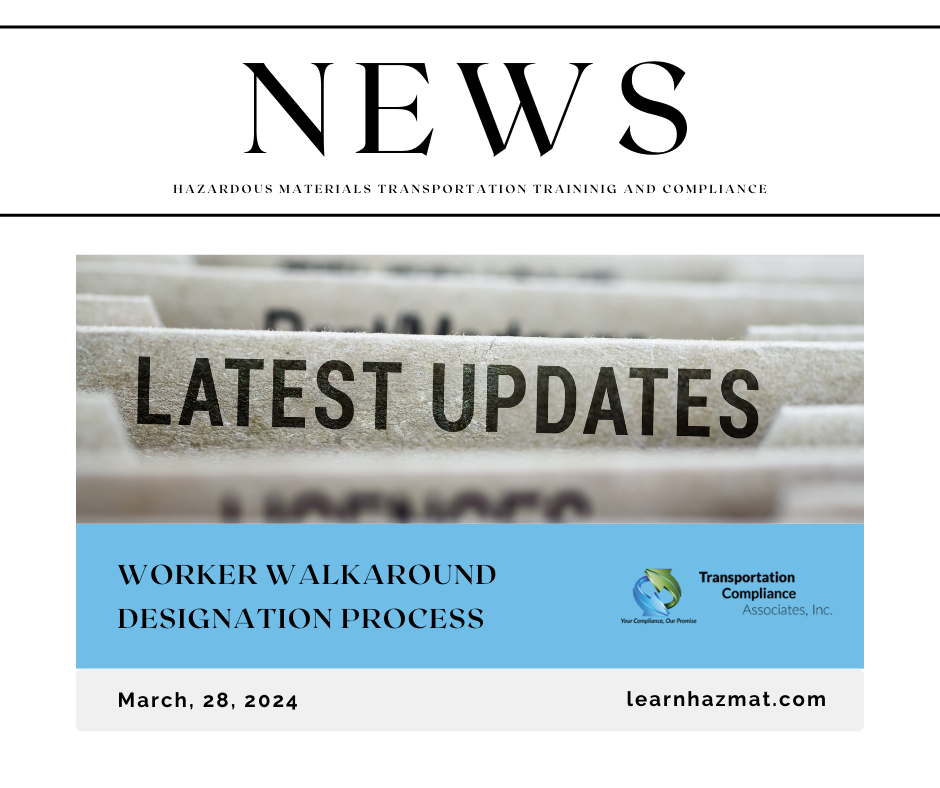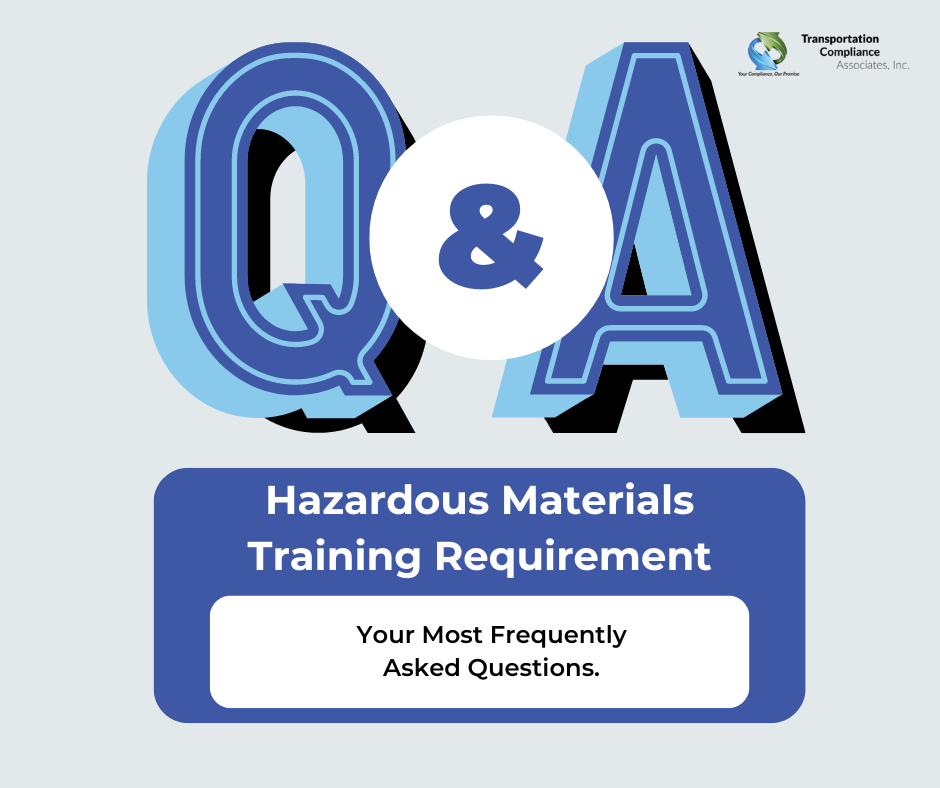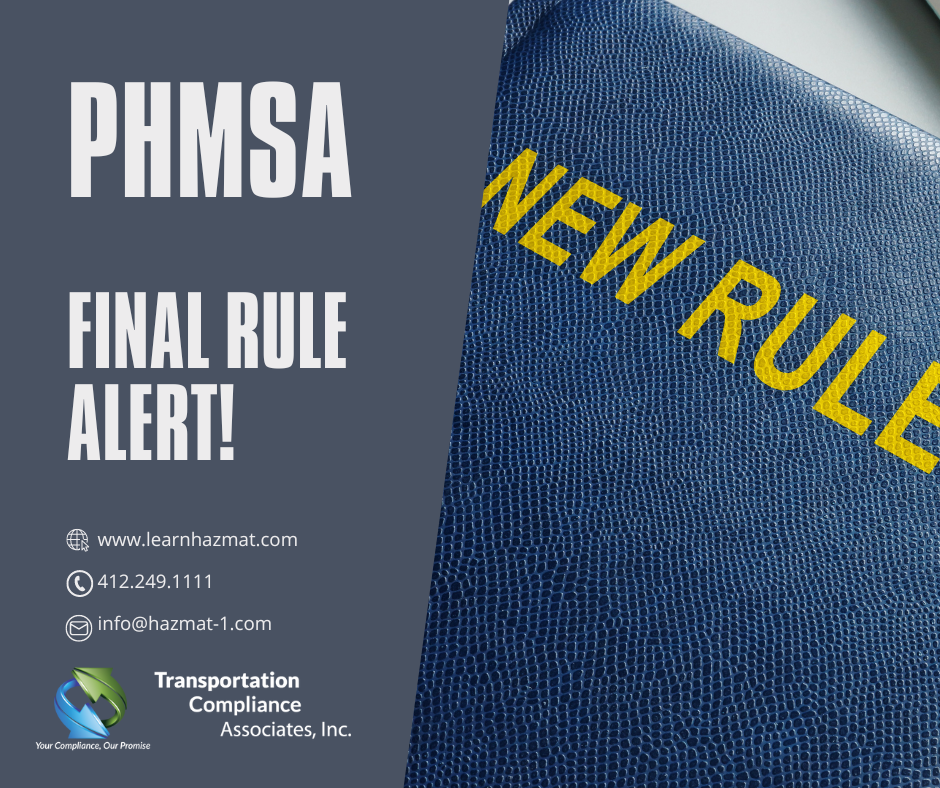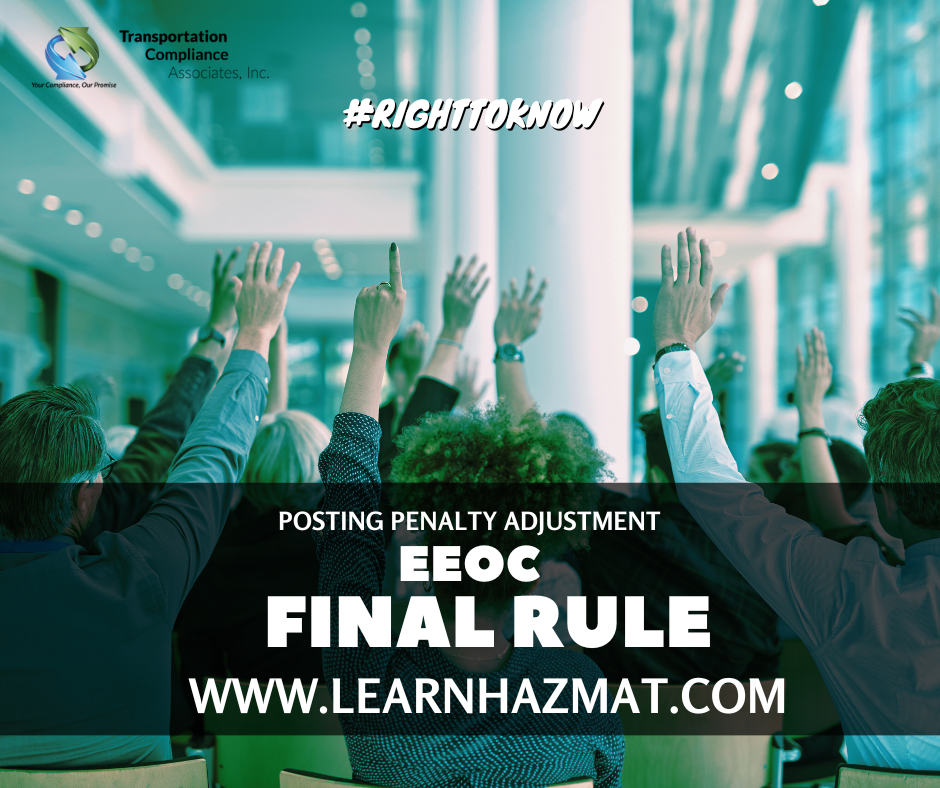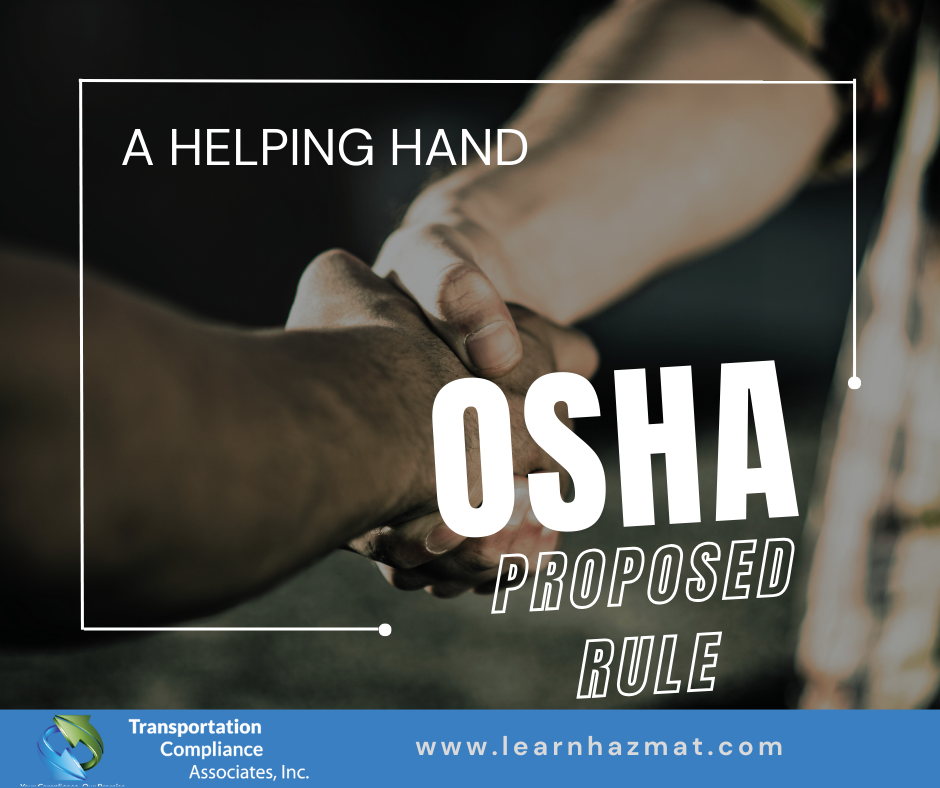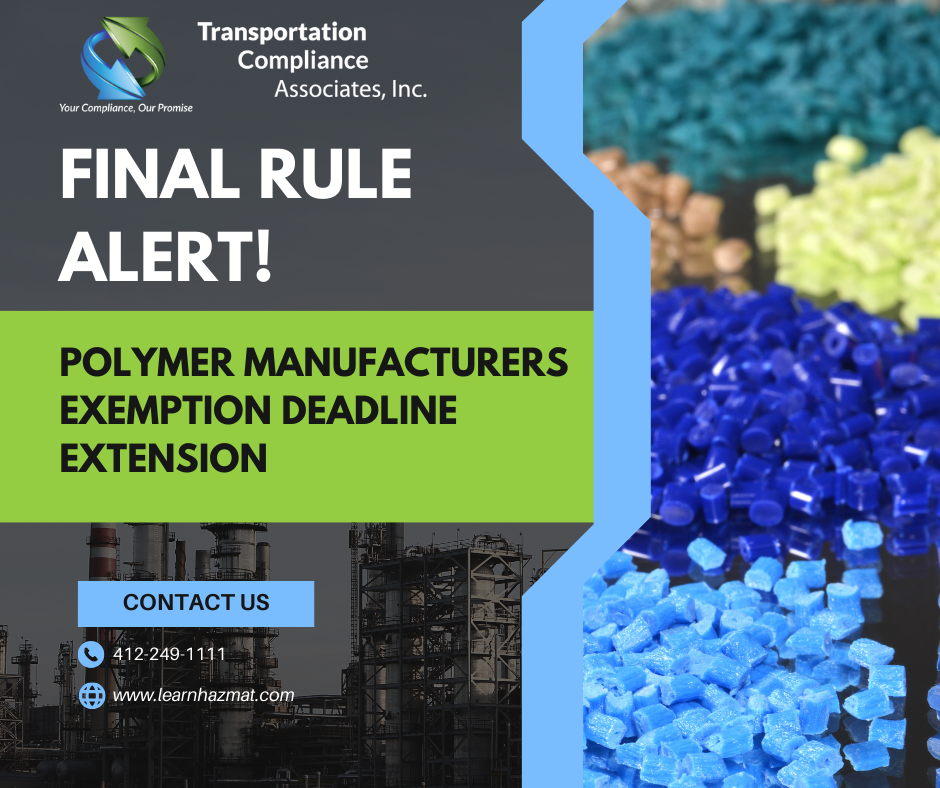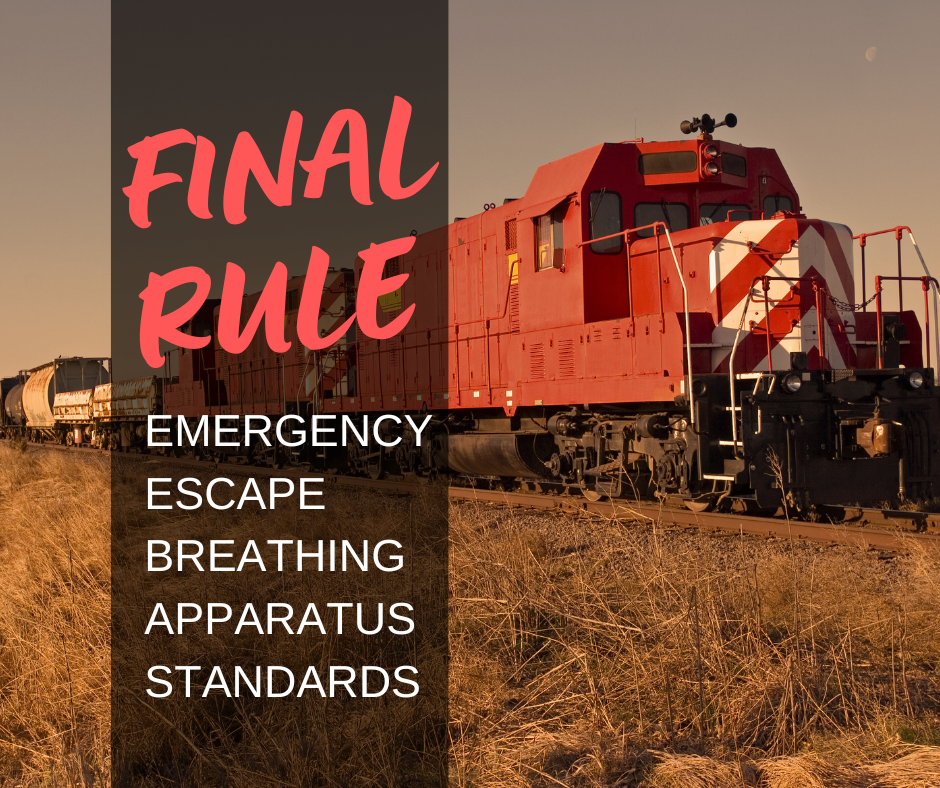Stay Informed In its first update of the year, the International Air Transport Association (IATA) recently released Addendum I to the Dangerous Goods Regulations (DGR). The major emphasis appears to be on operator and state variations. While that is not …
*** For those that have been following this story, you may remember our initial post in November 2022 extending the comment period. Well, The Department of Transportation’s (DOT) Federal Railroad Administration (FRA) recently published its final rule on April 9, …
***Update: In an unexpected turn of events, The Office of Management and Budget (OMB) finished its final review of the worker walkaround representative designation process which paved the way for the Occupational Safety and Health Administration (OSHA) to publish its …
***Update: For those of you who were following the proposed rule change where the Occupational Safety and Health Administration (OSHA) planned to amend its regulations to clarify who may act as a representative on behalf of employees during an OSHA …
Training Requirements For those who have been following this series of blogs, you know that the Department of Transportation (DOT) Pipeline and Hazardous Materials Safety Administration (PHMSA) has been releasing what they call their Frequently Asked Questions publications where they …
Adoption of Miscellaneous Petitions and Updating Regulatory Requirements Recently the Department of Transportation (DOT) Pipeline and Hazardous Materials Safety Administration (PHMSA) released its final rule responding to 18 petitions for rulemaking covering such topics as address packaging, hazard communication, and …
2024 Notice Posting Penalty Adjustment They say knowledge is power. Which is why it is important for you to know your Rights as an employee without fear of retaliation. The Equal Employment Opportunity Commission (EEOC) recently published its final rule …
Like many of us, you may have missed the Occupational Safety and Health Administration’s (OSHA) proposed rule on the Worker Walkaround Representative Designation Process published in the Federal Register on August 30, 2023. In it, OSHA is proposing to amend …
Polymer Manufacturers Exemption Deadline Extension Hot off the press and just released, the Environmental Protection Agency (EPA) published its final rule today (February 16, 2024) to extend the deadline for polymer manufacturers (including importers) under the Toxic Substances Control Act …
Occupational Safety and Health in the Locomotive Cab Set to go in effect March 26, 2024, The Department of Transportation’s (DOT) Federal Railroad Administrations (FRA) Final Rule is amending its regulations as it relates to the occupational noise exposure standard. …

